Genus Allodapula
Allodapula is a genus of bees in the family Apidae, subfamily Xylocopinae. They are similar in appearance, around 7 mm in length, with swarthy head and thorax, contrasting with the brown abdomen. Allodapula has the sides of the last metasomal tergum curved strongly under, and the dorsal surface gently concave. They are mostly black with a reddish metasoma; a few species are completely black. They are small and shiny and most
Allodapula bee species have a dark head and thorax, with an orange abdomen.
The subgenera are difficult to identify, as they are based on male genitalia, and it is possibly easier to identify them to species.
Subgenus
Allodapula (Allodapula) Cockerell: These are southern African and common. Apparently it comprises eight pollen collecting species and one social parasite,
Allodapula guillarmodi .
Subgenus
Allodapula (Allodapulodes) Michener:
Allodapula (Allodapulodes) are more robust than Allodapula (Allodapula) and are endemic to the Cape Province of South Africa. There are five species.
Subgenus Allodapula (Dalloapula) Michener:
Allodapula (Dalloapula) comprises two species, both of which are endemic to South Africa.
Distribution
South Africa, Tanzania, Zimbabwe. They are mostly southern African. After the removal of a number of former species into other genera, the genus as presently defined occurs only in Africa.
Habitat
Allodapula bees can be found in various habitats, such as grasslands, natural forests, wetlands, marshlands, open habitats, protected areas, woodlands, forest plantations and riparian areas.
Biology
The
Allodapula bee feeds on polen and nectar.
Nest in hollow stems. Most species feed their larvae progressively. Arrangement of larvae and pupae within the nest varies according to genus. In
Allodapula, the larvae are clustered together in a clump and feed from a common food mass.
Ecological Impact
Allodapula bees are a group of bee species that do not produce honey but are likely to be important pollinators of crops and wild plants. Different bee genera pollinate different plant species, although there is some overlap that acts as a buffer as bee populations wax and wane. For healthy ecosystems, including agro-ecosystems both diversity and abundance in the bee fauna is important.
Allodapula are efficient pollinators of crops such as beans, cowpeas and simsim (sesame).
Links:
A taxonomic study of African allodapine bees (Hymenoptera, Anthophoridae, Ceratinini). Michener, Charles Duncan;
Mike Picker, Charles Griffiths, Alan Weaving: Field Guide to Insects of South Africa;
Susan W. Nicolson: Water homeostasis in bees, with the emphasis on sociality
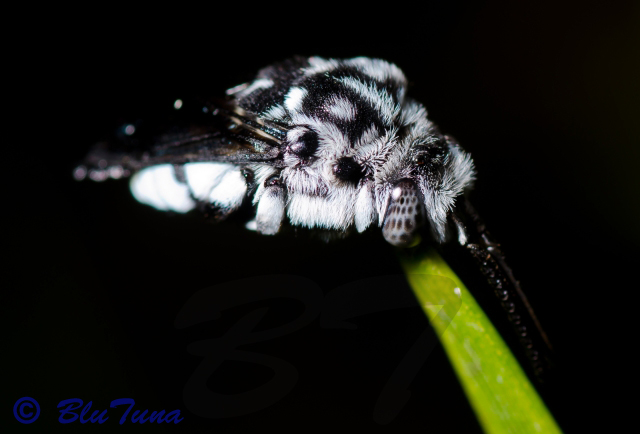 © BluTuna
© BluTuna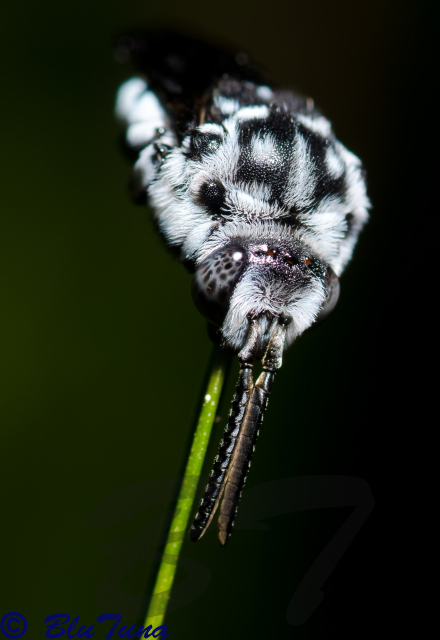 © BluTuna
© BluTuna © BluTuna
© BluTuna © BluTuna
© BluTuna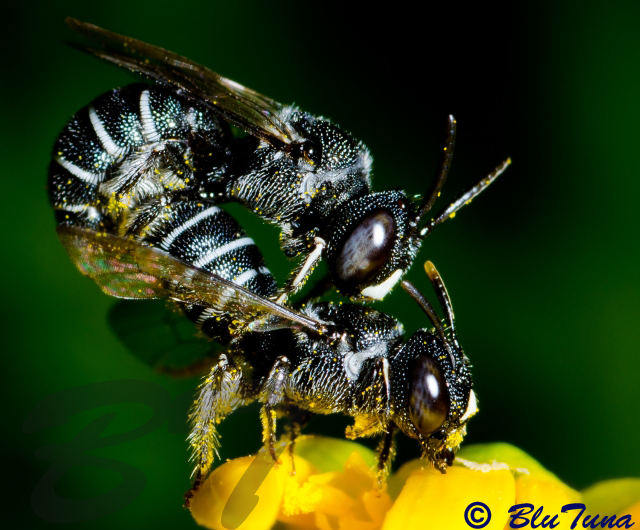 © BluTuna
© BluTuna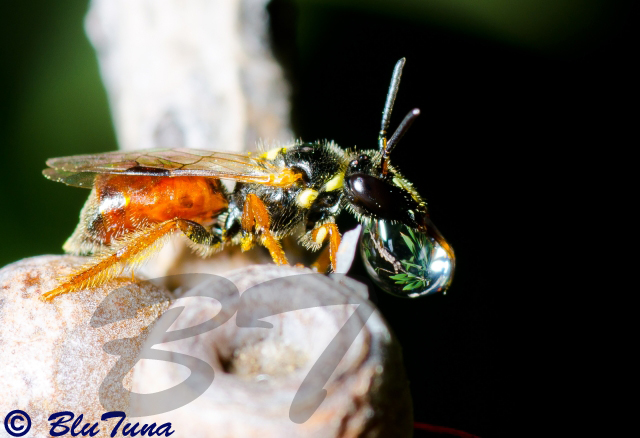 © BluTuna
© BluTuna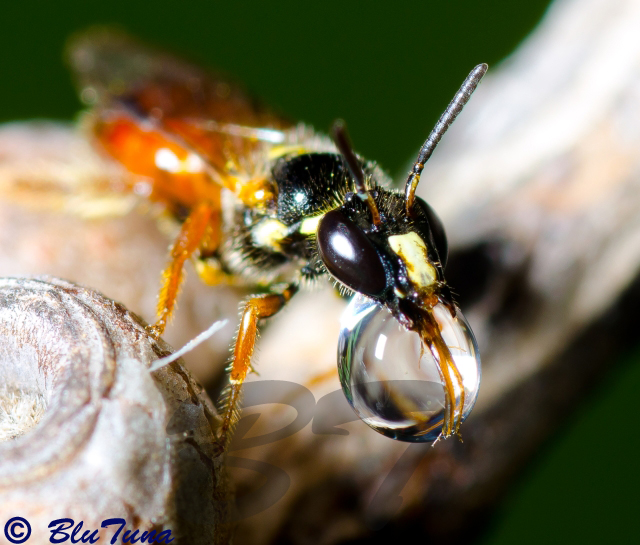 © BluTuna
© BluTuna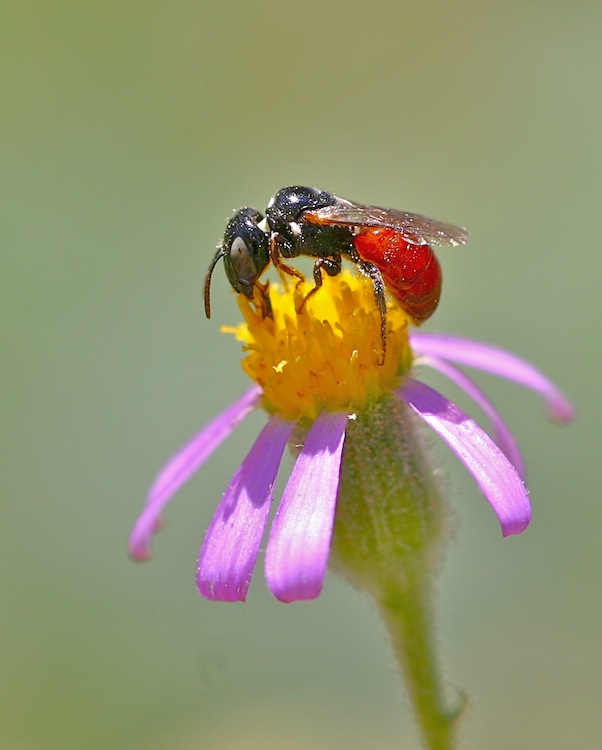 © ExFmem
© ExFmem © Mel
© Mel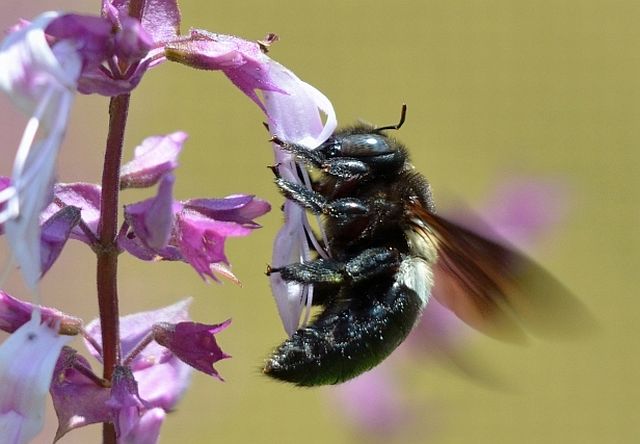 © BluTuna
© BluTuna